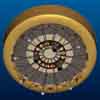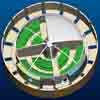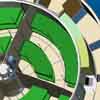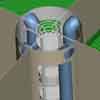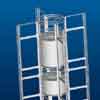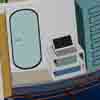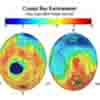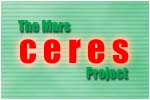

 |
|
Mission Timeline (extracted from CDR) : CERES
will be launched two years prior to crew departure and will arrive
about 180 days later. By sending the module ahead of the crew, a
test harvest cycle can be performed and evaluated from earth to
determine if adjustments or modifications need to be sent with the
crew. Systems
checks will be performed after landing to evaluate the integrity
of all the subsystems. Upon ground control approval of safe landing,
the command will be sent to deploy the first of six growing bays
for testing purposes. When the bay is deployed successfully, the
command will be given to start the test growing cycle. If the test
cycle is successful, and the rest of the landing site has been certified
safe, the rest of the growing bays will be deployed. This cycle
will be timed so that the crew can harvest the crop after arrival.
IMAGE GALLERY
---- [ D O C U M E N T S ] ----
Requirements Definition Report Conceptual Design Report Final Design Report
|





